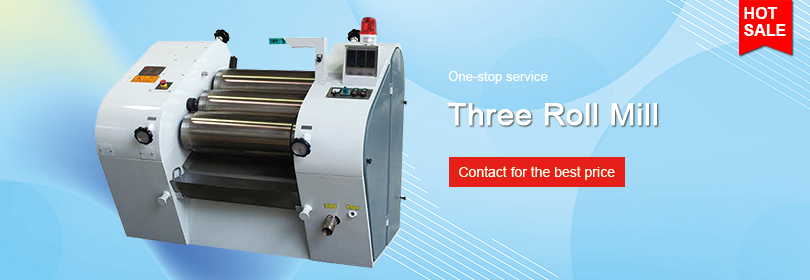Home » Franli three roll mill related introduction and why choose it
Franli three roll mill related introduction and why choose it

Hydraulic three roll mill
Three roll mill has two types, one is a hydraulic three roll mill, another one is a manual three roll mill. How to choose? which depends on your production capacity per day, and the final particle size of the material. Manual three roll mill can reach around 5-10um, hydraulic three roll mill can reach 3um. You may already bring three roll mills but can’t reach the ideal particle size. Why? different color has difference feature of raw material. Such as material with carbon black, you may need grinding 3-4times to reach 3um. If you grinding white or yellow colors, max 2 times grinding to reach ideal size.
Three roll mill can connect with heating oil system, steam heating system. Also cooling water by Chiller. While you may have one question that your machine cant control temperature by the chiller, the roller is heated. How to check? First, you need to check the inlet water filter of three roll mill, impurity blocked filter, colled water cant inlet into the roller of three roll mill. Also, you may need to check chiller problems. In our experience, you would better choose an opening type of cooling system, joint rota connection system will be damaged by shaking and not so well for cooling.
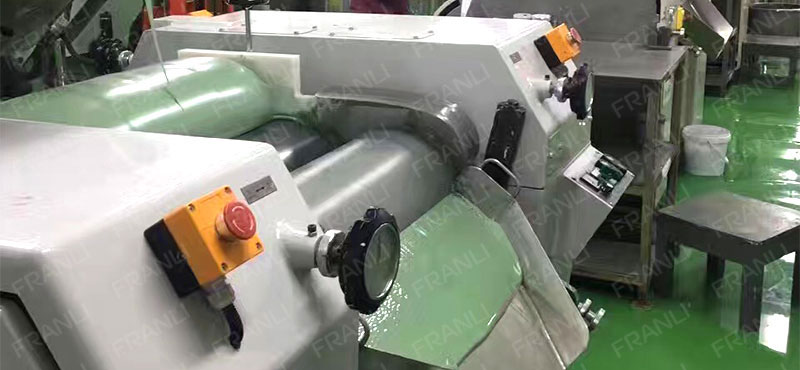
three roll mill
What is three roll mill gap?
What is the triple roll mill working principle?
What are the Advantages of three roll mill
What is the Purpose of three roll mill
Copyright Notice :
This article only represents the author’s point of view.
This article is published under the authorization of the author.
Source: Franli
This article address : Franli three roll mill related introduction and why choose it
Related Products
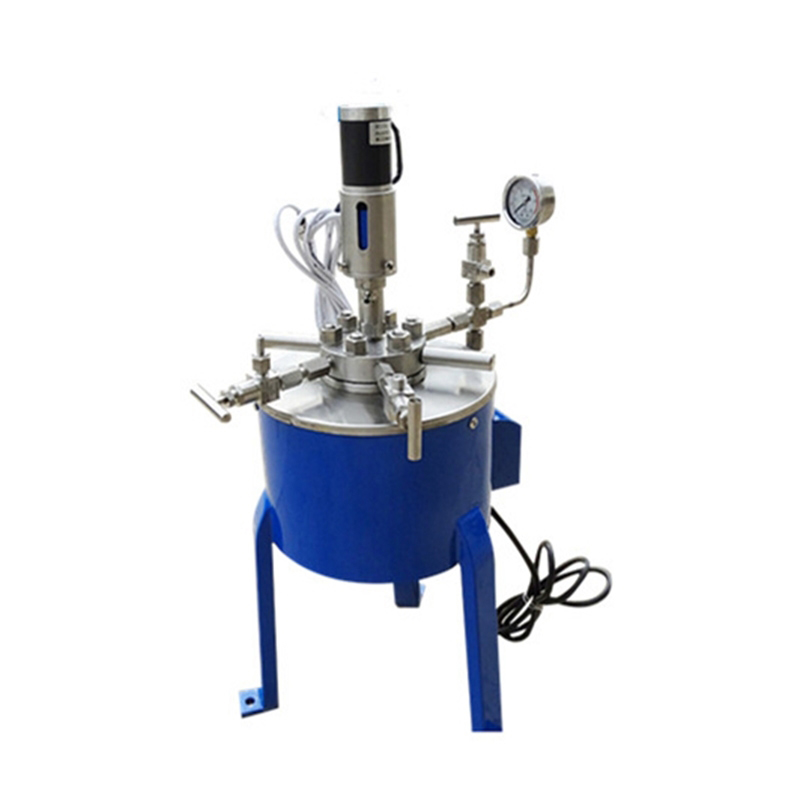
Laboratory Reactor
FRANLI laboratory reactor is composed of a pot body, pot cover, stirrer, heating jacket, support and transmission device, shaft seal device, etc. The pot body, pot cover, stirrer, shaft seal, etc. are all made of 1Cr18Ni9Ti stainless steel. A laboratory reactor is mainly suitable for hydrolysis, neutralization crystallization, distillation, evaporation, storage, and other production links in medicine, bioengineering, fine chemical industry, chemical synthesis, food, and other industries.
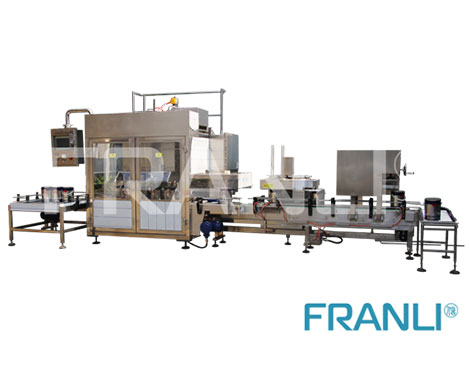
Filling Machine
Filling machines are packaging machines that load precise quantities of packaged products into various containers.
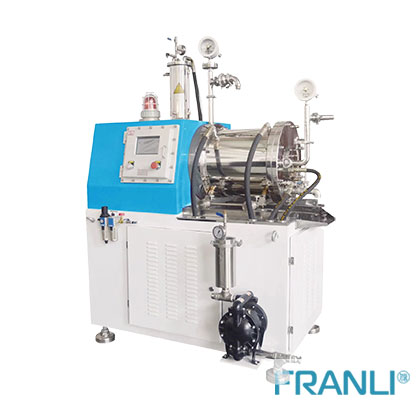
SMP Agitator bead mill
This SMP Agitator bead mill is used in the paint, ink, and coating industries to ready the equal-sized particles of a particular material.
News
Laboratory Reactor: Guide to Stirring System
The laboratory reactor is composed of a pot body, a pot cover, an agitator, a jacket, a support and transmission device, a shaft seal device, etc.
Grinding Media for Bead Mill | Zirconia Beads & Zirconium Silicate Beads
Bead mills mainly use grinding balls as media, and use impact, extrusion, and friction to achieve the final grinding effect, which mainly depends on the size and hardness of the grinding beads, the filling rate of the grinding beads, and the collision frequency adjustment between the grinding beads and the particles.
Overview of Laboratory Reactor
Laboratory reactors, also known as lab reactors, are essential tools in scientific research, product development, and process optimization. These reactors provide a controlled environment for conducting chemical reactions, mixing, dispersing, and homogenizing processes.
Bead mills | Manufacturing technology in various industries
Bead mills, also known as sand mills or grinding mills, are versatile machines widely used across various industries for the wet grinding and dispersion of solid particles in liquid media.
Ribbon Blender Mixer Equipment
A ribbon blender mixer, also known as a ribbon mixer or horizontal ribbon blender, is a powerful industrial machine designed for thorough and efficient blending of various materials.
What is A Stainless Steel Reactor?
Stainless steel reactors are essential equipment in various industries, including chemical, pharmaceutical, biotechnology, and food processing.
